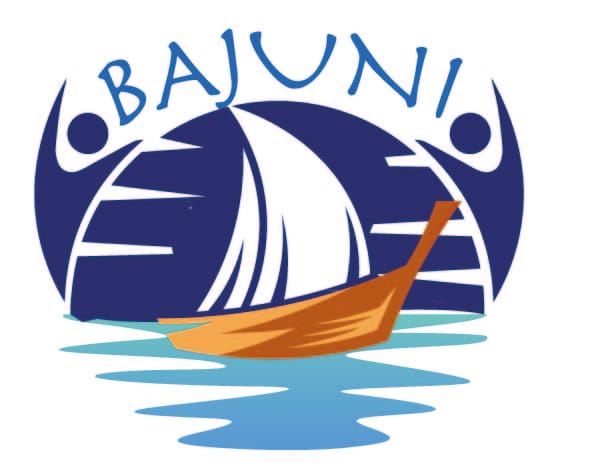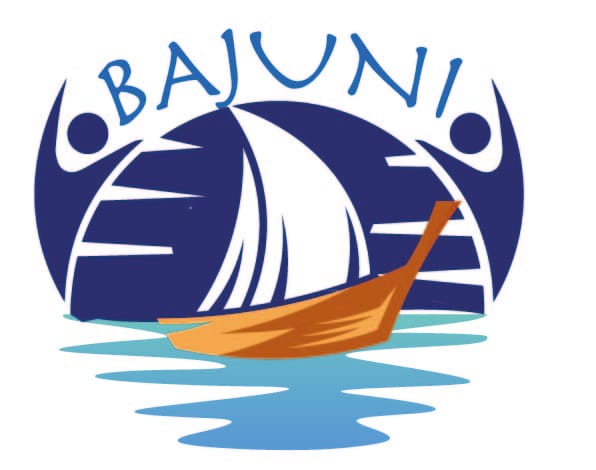About The Bajuni
An introduction to the Bajuni community, the structure, history and geography and economic activites.

The Bajuni are a minority community mainly found in settlements in Southern Somalia around Kismayuu and on the northern Kenya coast in the villages of Kizingitini, Tchundwa, Ishamsini, Shella, Ndabwe and Witu. They are culturally involved in farming, fishing and trading along the length of the East African coast.
They are divided into different clans (Ukoo or Khamasi). Clan names have historical significance and implications for sociocultural activities related to, for example, marriage.
In some literature, the Bajuni are viewed as a sub-group and their language a dialect of Swahili. There does exist among community members a strong tendency towards differentiating themselves from the Swahili and affirming their being Bajuni. This affirmation of self-identifying as Bajuni is not shared evenly across the Islands. Notwithstanding these two positions, we take the view that identities are fluid and the Bajuni can be both ‘Bajuni’ and ‘Swahili’ simultaneously.
In Somalia, the Bajuni have always been few and subject to constant displacements. While some lived in the mainland, others lived on the Islands while farming on the mainland. When attacked by the Oromo or Somali they would retreat to the Islands. In 1974 the government of Somalia started moving the Bajuni from the Islands and with the fall of President Siad Barre, the Bajuni were evicted from the Islands and many became refugees.
Geographical location: Ubajunini
Bajuni territory has since around the 14th century been the string of Islands from Kismayu(u) to the North and Matondoni to the South. There are also mainland settlements across from the islands from Kismayuu to Dodori creek, opposite Pate Island. These settlements include Kiwayuu, Koyama, Ngumi, Chula, Buri, Kavo and Kiamboni.
The Bajuni islands have coral formations which continue to wither due to ocean water and are covered by low bush, scrubs, palms and ordinary trees. The bigger Islands namely, Simambaya, Kiunga-Mwiini and Kiwayuu, are hillier and wooded. They have a barrier reef which enables small local vessels to dock and the bigger cargo ships to go beyond the reef.
The Islands have much coral and therefore not good for agricultural activities. Therefore, crop farming mainly occurs in the mainland. Bajuni diet revolves around fish. Supply of fresh water is difficult and the wells which provide water from underground caverns are in high demand. During our trip to Tchundwa, I noticed that rain water harvesting is common. Most well water is quite salty. It is brakish..
The Bajuni are associated with fishing and they use different types of boats – mtumbwi, dau, mashua, and mtepe.

